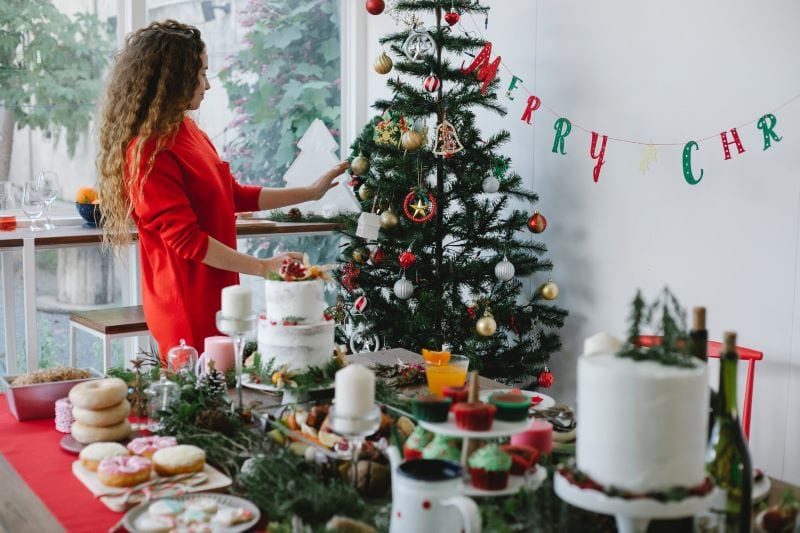
The Origins of Christmas Caroling
Christmas is a holiday celebrated in many parts of the world, with varying traditions that have evolved over centuries. In the western world, Christmas has become synonymous with gift-giving, but this was not always the case. In this article, we will explore the evolution of merry Christmas traditions, from the early days of caroling to the modern-day practice of exchanging gifts.
The History of Gift-Giving During the Christmas Season
Caroling was one of the earliest Christmas traditions, dating back to medieval times. It was a way for the poor to go from house to house, singing Christmas carols in exchange for food or other offerings. The word ‘carol’ is derived from the French word ‘carole’, which means ‘circle dance’. The music and lyrics of these carols varied, but they all shared a common theme of celebrating the birth of Jesus Christ.
As Christianity spread throughout Europe, Christmas celebrations became more elaborate. The tradition of decorating Christmas trees is believed to have originated in Germany in the 16th century. The first Christmas trees were decorated with fruits and nuts, but as the tradition spread, people began to use ornaments made of glass, silver, and gold.
One of the most enduring Christmas traditions is the Nativity scene. It started in Italy in the 13th century, when St. Francis of Assisi created the first living Nativity scene in a cave outside of a town. The Nativity scene depicts the birth of Jesus Christ, with figures representing Mary, Joseph, the shepherds, and the Three Wise Men. Today, Nativity scenes are found all over the world and are often used as decorations in homes and churches.
The tradition of gift-giving at Christmas has a long and complex history. In ancient Rome, people exchanged gifts during the festival of Saturnalia, which was held in December to celebrate the winter solstice. As Christianity spread, gift-giving became associated with St. Nicholas, a fourth-century bishop known for his generosity. In many parts of Europe, St. Nicholas became the gift-bringer, and his feast day on December 6th was a time for children to receive presents.
In the 19th century, gift-giving became more widespread, thanks in part to the influence of Charles Dickens’ A Christmas Carol. The story of Ebenezer Scrooge and his transformation from a miser to a generous benefactor was a powerful one, and it inspired many people to give gifts to their loved ones at Christmas.
The Evolution of Christmas Decorations: From Wreaths to Lights
Today, gift-giving has become a central part of the Christmas tradition, with retailers relying on the holiday season for a significant portion of their sales. But some people worry that the focus on material gifts has overshadowed the true meaning of Christmas.
One way to keep the focus on the spiritual side of the holiday is to participate in charitable giving. Many people donate to food banks or toy drives at Christmas, and there are countless charities that provide assistance to those in need. By giving to others, we can help spread the joy and generosity of the season.
In conclusion, the traditions of Merry Christmas have evolved over the centuries, from the early days of caroling to the modern-day practice of giving gifts. While the material aspect of the holiday can be overwhelming, it is important to remember the spiritual significance of the season. By embracing the traditions of the past and using them as a springboard to help others, we can truly make Christmas a time of joy and goodwill towards all.
